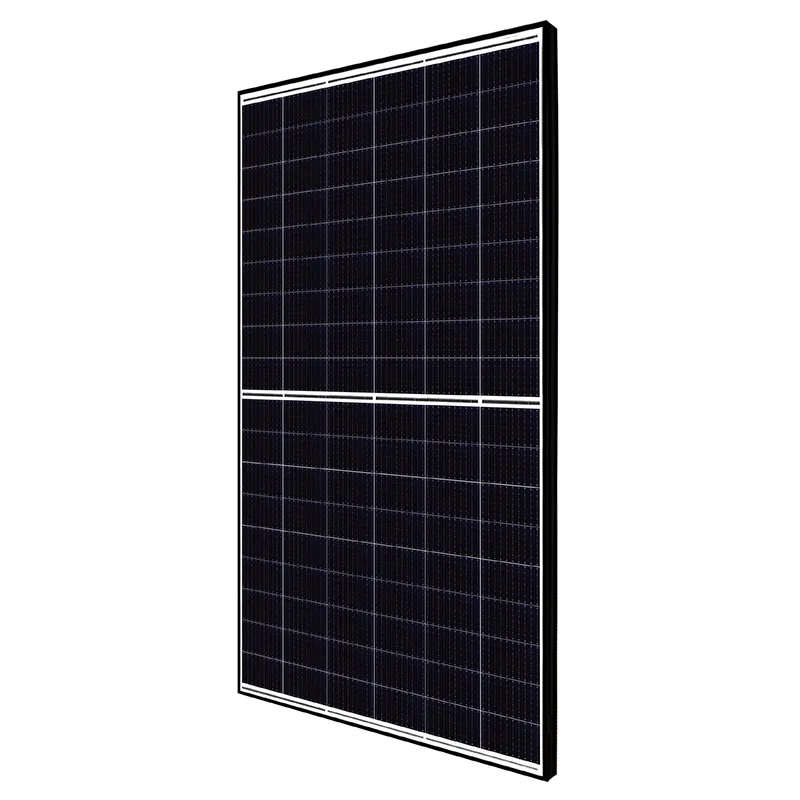Understanding the Function and Benefits of a Grid Tie Inverter for Solar Systems
What is a Grid-Tie Inverter?
A grid-tie inverter, also known as a grid-connected inverter, is a crucial component in solar power systems that allows for the integration of renewable energy sources into the electrical grid. Unlike off-grid systems, which operate independently of the grid and require battery storage, grid-tie inverters connect with the utility grid, enabling homeowners and businesses to utilize solar energy while still being connected to the power network. This technology is instrumental in promoting renewable energy usage and enhancing energy efficiency in modern electrical systems.
How Does a Grid-Tie Inverter Work?
Grid-tie inverters perform several essential functions, starting with the conversion of the direct current (DC) electricity generated by solar panels into alternating current (AC) electricity. Most household and grid electrical systems operate on AC power, thus making this conversion imperative. The inverter continually adjusts the output voltage and frequency to ensure that it matches the grid’s requirements, which is crucial for safety and efficiency.
Additionally, grid-tie inverters come equipped with advanced monitoring systems that can track energy production and consumption. They can detect the phase and frequency of the grid, ensuring that the energy produced is synchronized with the grid's specifications. When the solar panels produce more electricity than the home requires, the excess energy is fed back into the grid, which can lead to credits on the user's utility bill, thanks to net metering programs available in many regions.
Benefits of Grid-Tie Inverters
1. Cost Efficiency One of the significant advantages of grid-tie inverters is their ability to reduce energy bills. By utilizing solar energy, homeowners can lower their reliance on grid electricity, and during periods of excess generation, they can feed energy back to the grid. This can lead to substantial savings over time.
2. Environmental Impact By supporting renewable energy use, grid-tie inverters significantly contribute to reducing carbon footprints. Utilizing solar power lowers greenhouse gas emissions associated with traditional fossil fuels, making it a cleaner energy option.
what is a grid tie inverter

3. Simplicity and Maintenance Grid-tie inverters generally require less maintenance compared to off-grid systems that utilize batteries. Since they don’t rely on battery storage, the system’s complexity—and potential for malfunctions— is reduced.
4. Scalability Grid-tie inverter systems are easily scalable. Homeowners can start with a small system and expand it as their energy needs grow or when financial conditions allow. This flexibility makes solar energy more accessible to a broader range of users.
Challenges and Limitations
Despite the numerous advantages, grid-tie inverters do have some limitations. For example, they only function when the grid is operational. In case of a power outage, grid-tie inverters will shut down to prevent any backfeeding into the grid, which can be dangerous for utility workers repairing lines. This means that homeowners with grid-tie systems need additional battery storage or backup options if they seek energy independence during outages.
Furthermore, the installation of grid-tie inverters often involves permitting and compliance with local regulations, which can complicate the setup process. It is also essential to select a reliable and efficient inverter, as the quality can significantly impact the overall performance of the solar system.
Conclusion
In conclusion, grid-tie inverters play a vital role in the integration of solar power into the traditional electrical grid. By facilitating the conversion of renewable energy into usable electricity and offering numerous economic and environmental benefits, they are essential for promoting sustainability and energy efficiency. However, potential users should also be aware of their limitations and plan accordingly to maximize the effectiveness of their solar energy systems. As the world increasingly shifts towards renewable energy solutions, grid-tie inverters will remain at the forefront of this transformation.
-
String Solar Inverter: The High-Efficiency Solution for Smart Solar EnergyNewsJul.14,2025
-
Revolutionizing Rooftop Energy with the Power of the Micro Solar InverterNewsJul.14,2025
-
Power Independence with Smart Off Grid Solar Inverter SolutionsNewsJul.14,2025
-
On Grid Solar Inverter: Powering the Future with Smart Grid IntegrationNewsJul.14,2025
-
Monocrystalline Solar Panels: High-Efficiency Power for the Future of Clean EnergyNewsJul.14,2025
-
Bifacial Solar Panel: A Smarter Investment for Next-Generation Energy SystemsNewsJul.14,2025







